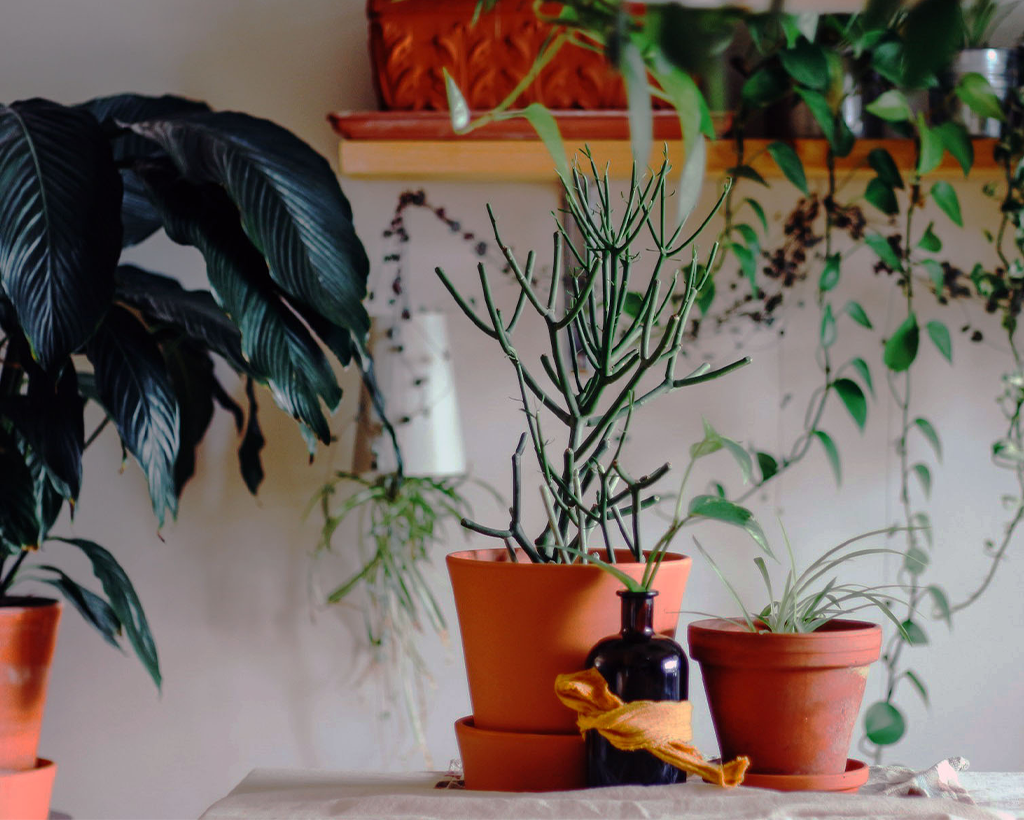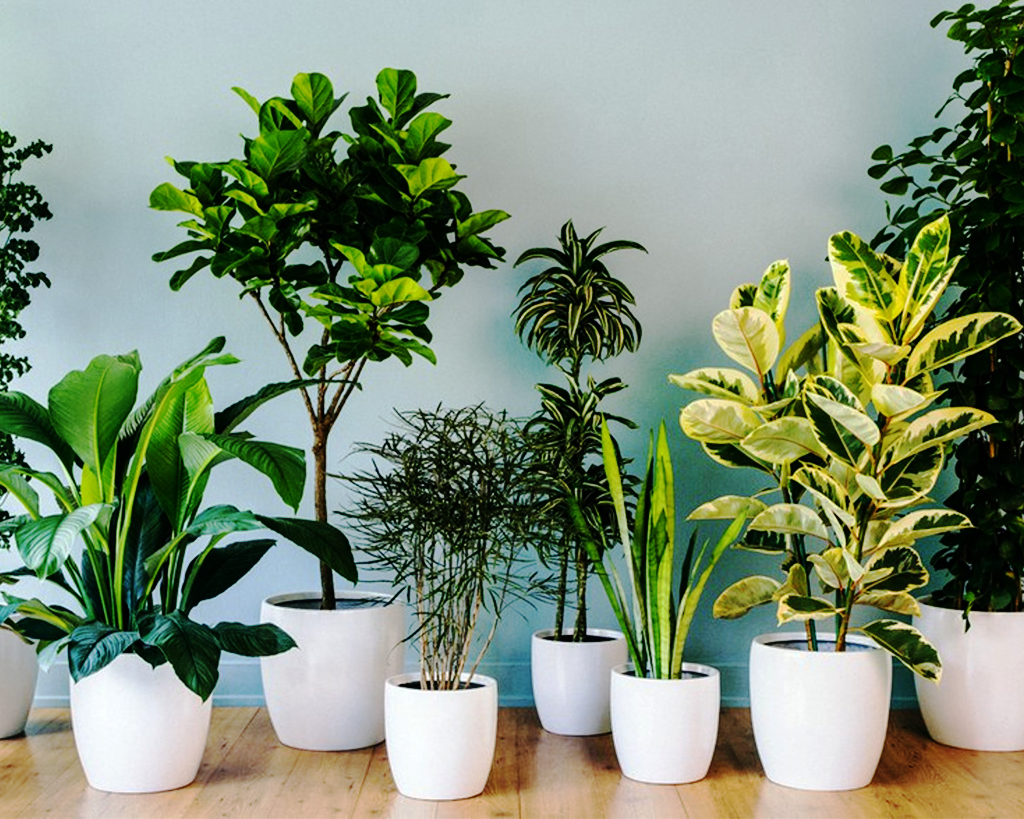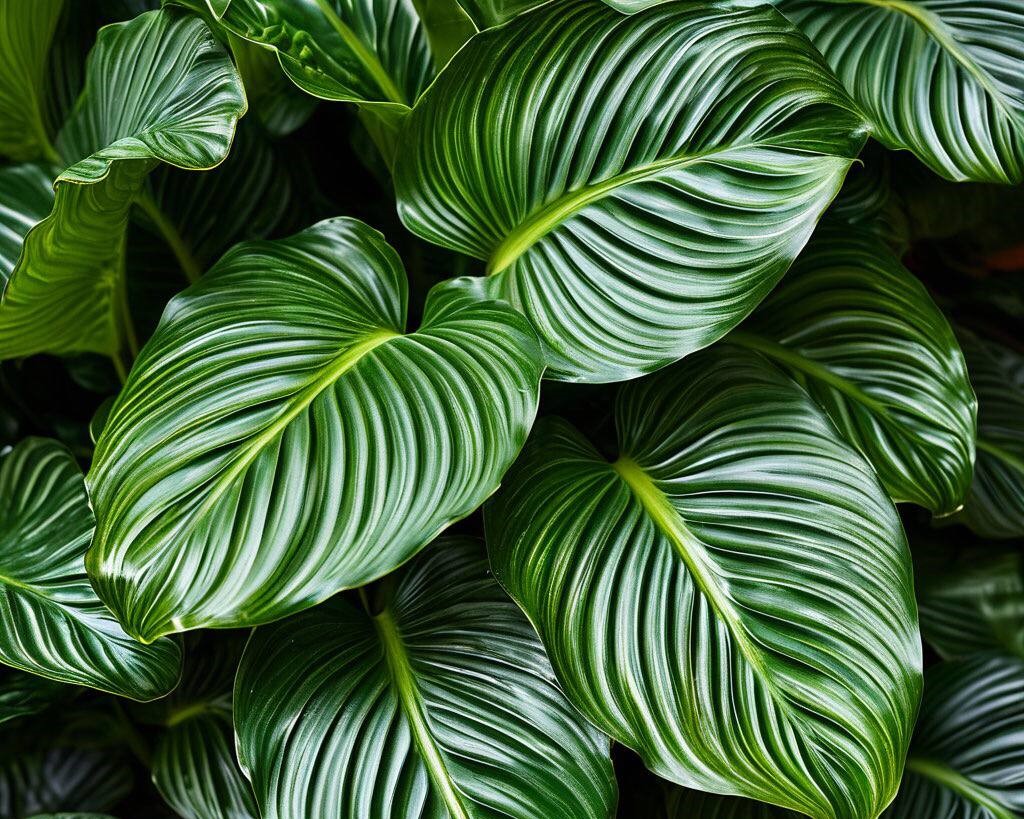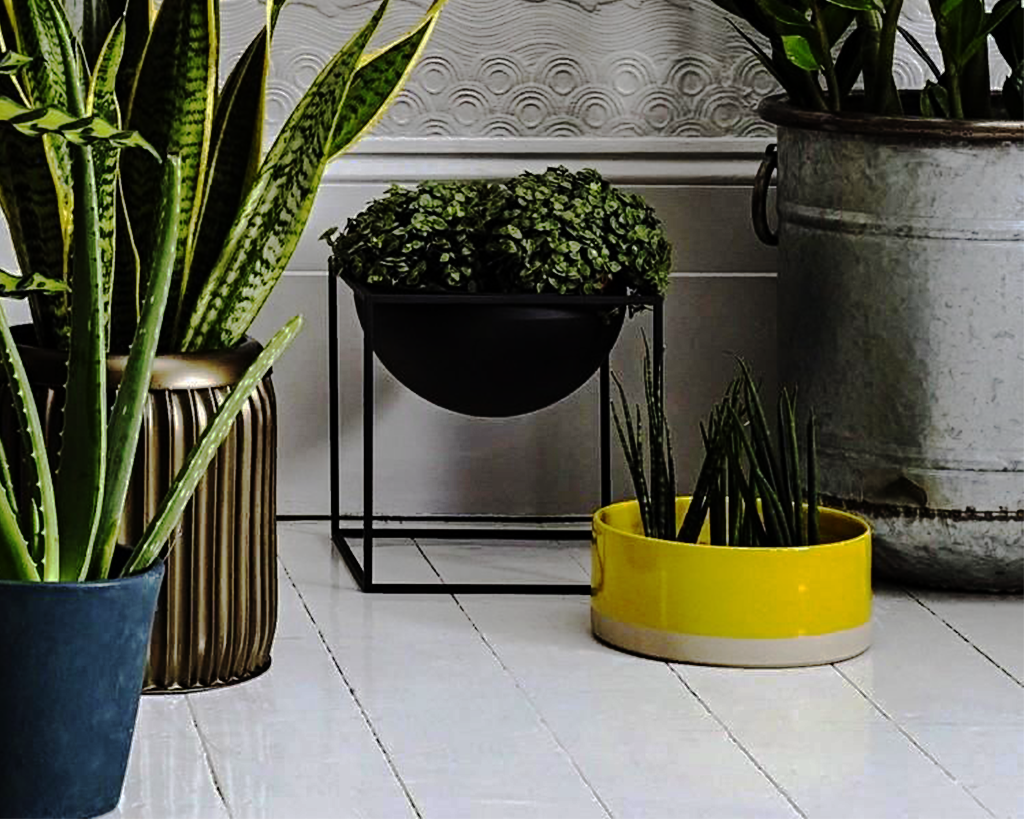How to take care of houseplants when houseplants are not just decor, but living organisms that require care and attention. They purify the air, create comfort and even have a positive effect on the mood. But so that they are pleasing to the eye and do not die in a couple of weeks after purchase, it is important to know the basics of care. Let’s look at how to properly care for home flowers so that they grow healthy and beautiful. At the end you can download a checklist in which you’ll find a quick light map, watering timing, monthly feeding, humidity methods, repotting cues, a cleaning routine, a weekly pest check, and key safety tips.
Light is the main source of life
Every plant needs light, but not everyone likes bright sun rays. For example, succulents and cacti love the sun, but violets or orchids prefer diffused light.
How do I determine if there is enough light:
- If the leaves turn pale and stretch out, there is little light.
- If there are burns on the leaves, there is too much light.
- If the plant has stopped growing, it may need to be moved to a brighter place.
It is best to put flowers on the windowsills or near the windows. Northern windows are suitable for shade-loving plants, while southern windows are suitable for light-loving plants.

Watering indoor plants
Watering — do not fill, but do not over-dry. The most common mistake beginners make is incorrect watering. Someone waters the plants every day, and someone forgets about water for weeks.
How do I know when it’s time to water:
- Touch the ground: if the top layer is 2-3 cm dry, it’s time to water.
- Have the leaves become limp and drooping? Probably not enough water.
- If the leaves start to turn yellow and rot at the root, there is too much water.
It is better to use standing water at room temperature. Water in the morning or evening so that the moisture doesn’t evaporate too quickly.
Humidity for indoor plants
In winter, indoor heating makes the air dry, and many plants start to feel uncomfortable. Tropical flowers like monstera, ficus, and ferns suffer the most because they naturally thrive in humid environments. To help them, you can gently spray the leaves with warm water, although some plants, such as violets, pelargoniums, and cacti, don’t tolerate misting well.
Another way to keep the air moist is by placing pots on trays filled with wet pebbles or expanded clay, or simply putting a humidifier nearby. If you notice dry or brown tips on the leaves, it’s often a clear sign that the air is too dry.
Knowing how to care for indoor plants also means paying attention to their needs during each season, whether it’s adjusting humidity in winter or transplanting them when they outgrow their pots. Proper seasonal care helps them stay healthy and continue growing beautifully all year round.
Top dressing of indoor plants
Top dressing — when and how to fertilize. Flowers, like humans, need nutrients. In spring and summer, they are actively growing, and they need fertilizers, and in winter, many fall into “hibernation” and do not need to be fertilized.
What are fertilizers:
- Nitrogen-for the growth of greenery (suitable for ficus, monster, Dieffenbachia).
- Phosphorous — for flowering (you need orchids, violets, geraniums).
- Potash-to strengthen the roots.
It is better to use fertilizers every 2-3 weeks in spring and summer. But do not overdo it — overfed plants also suffer.
Transplant — when and how to change the pot
If your plant has started to grow more slowly and its roots are sticking out of the drainage holes, this is a clear sign that it is cramped and needs to be repotted. Young plants usually need a new pot about once a year, when their roots completely fill the container, while mature plants only need this every two to three years.
The new pot should be slightly larger than the old one – about two to three centimeters. Do not forget about the drainage layer. Materials such as expanded clay, small pebbles or even pieces of polystyrene foam work well. It is also important to choose the right soil: a sandy mixture for succulents and a light, breathable substrate for orchids. After transplanting, the plant may need a couple of weeks to adapt, so do not worry if its growth slows down for a while.
Indoor plant pests
Pest control — what to do if there are “uninvited guests”. Even if you take care of plants perfectly, sometimes pests can appear on them: aphids, spider mites, mealybugs.
How to fight:
- Inspect the leaves and stems, especially on the underside.
- At the first sign of pests, treat the flower with a soap solution, green soap is well suited for this, or special means.
- You can use folk methods — an infusion of garlic, onion husk or tobacco solution.
The sooner you notice a problem, the easier it is to deal with it!

Pruning and shaping the crown
Some plants like to be pruned. This helps them better bush and renew their leaves.
Which plants should be pruned:
- Which plants should be pruned? Ficus, monstera, dracaena — to form a beautiful shape.
- Geranium (pelargonium), petunia-for lush flowering.
- Ivy, chlorophytum — to control overgrowth.
- Pruning is best done in spring or autumn, using clean and sharp scissors.
Pots and soil — what to choose for indoor plants
Not all pots are equally useful. Clay pipes allow air to pass through well, but quickly evaporate moisture. Plastic ones are convenient, but they can create a greenhouse” effect.
How to choose a primer:
- Universal — suitable for most plants.
- For cacti and succulents-with sand and gravel.
- For orchids — a light, airy substrate.
- For azaleas and hydrangeas — acidic soil.
- Be sure to add drainage — it will save the roots from rotting.
Seasonal care features
In winter, plants slow down their growth and need less water and fertilizer. In summer, on the contrary, watering should be increased, especially in the heat.
Winter houseplant care?
You need to try to provide them with the most comfortable microclimate. To do this:
- Keep the flowers away from the batteries.
- Reduce watering, but keep an eye on humidity, this can be done with a skewer.
- Give the plants more light, if it is not enough, then use phytolamps.
These simple steps will allow plants not to get sick, to please you with their inflorescences even in cold weather.
How to take care of indoor plants in the summer?
In summer, indoor plants go through their most active growth phase, so they need full and proper care. Under bright sunlight and high temperatures, the leaves lose moisture faster, which means they require more frequent watering and optimal air humidity. Heat and drafts can weaken the plants, making them more vulnerable to pests and diseases. During the warm season, they also consume more nutrients, so regular feeding is essential. Without proper attention in summer, the leaves may start turning yellow, and growth can slow down.
Caring for houseplants is not as difficult as it seems. The main thing is to monitor the light, watering, humidity and do not forget about top dressing. In response to your concern, flowers will delight you with a healthy appearance and beauty. If something suddenly went wrong, don’t panic, but try to figure out what the reason is and adjust your care. And now you can download the checklist.




